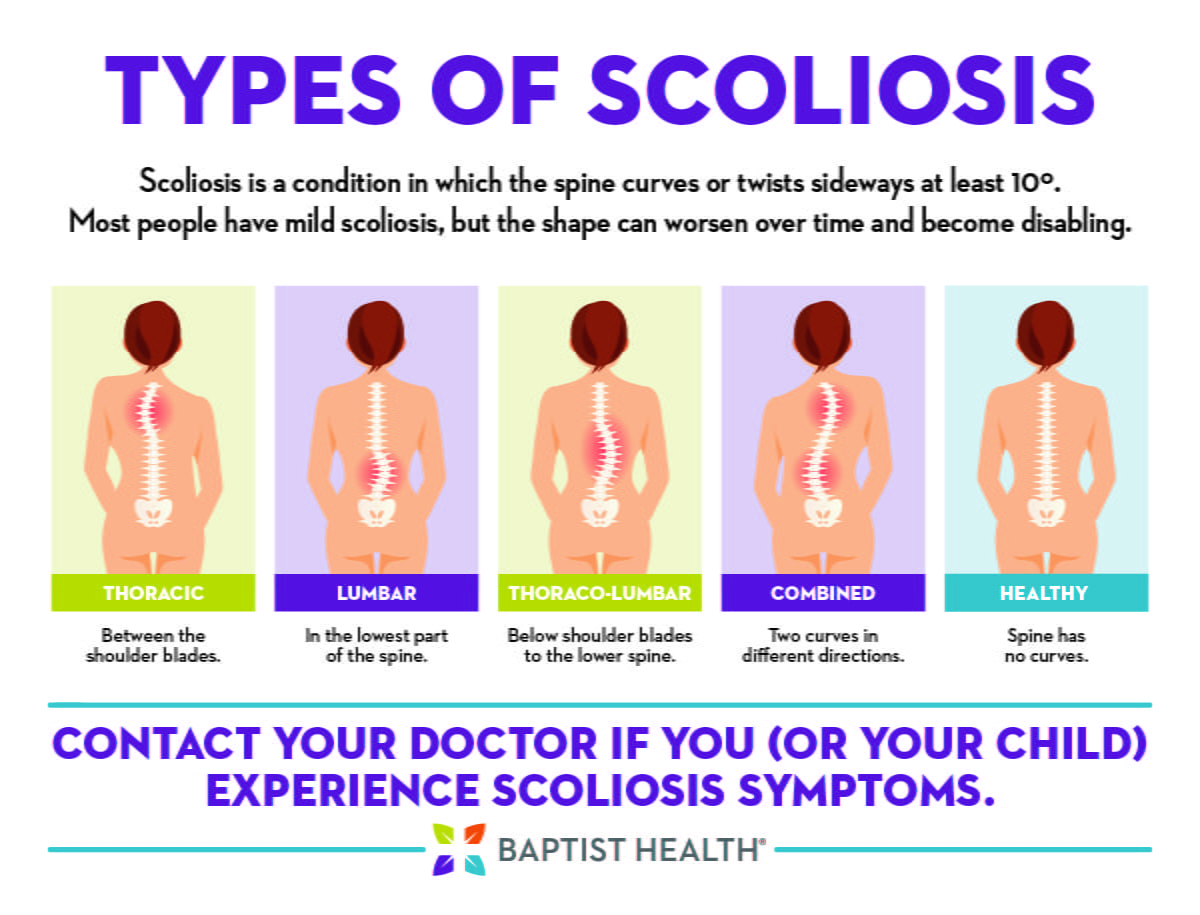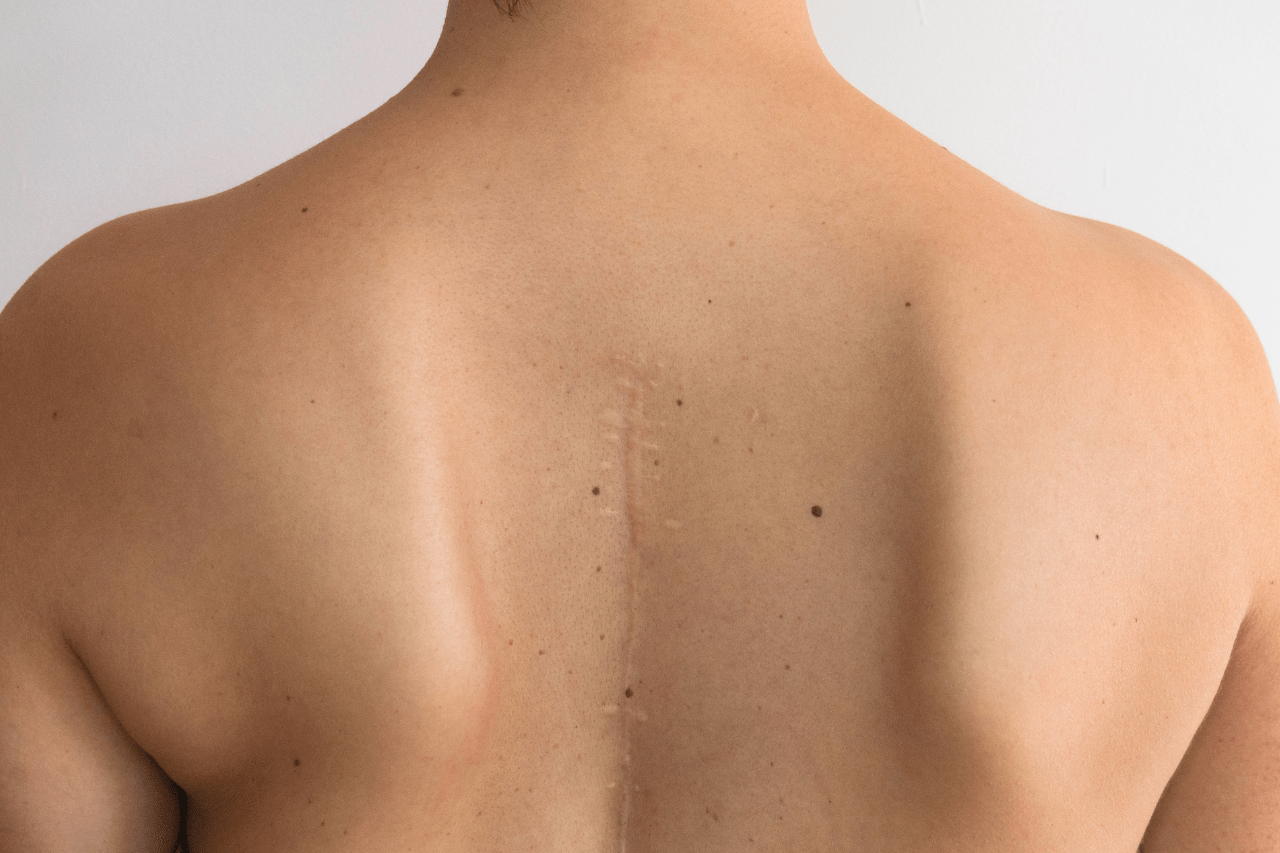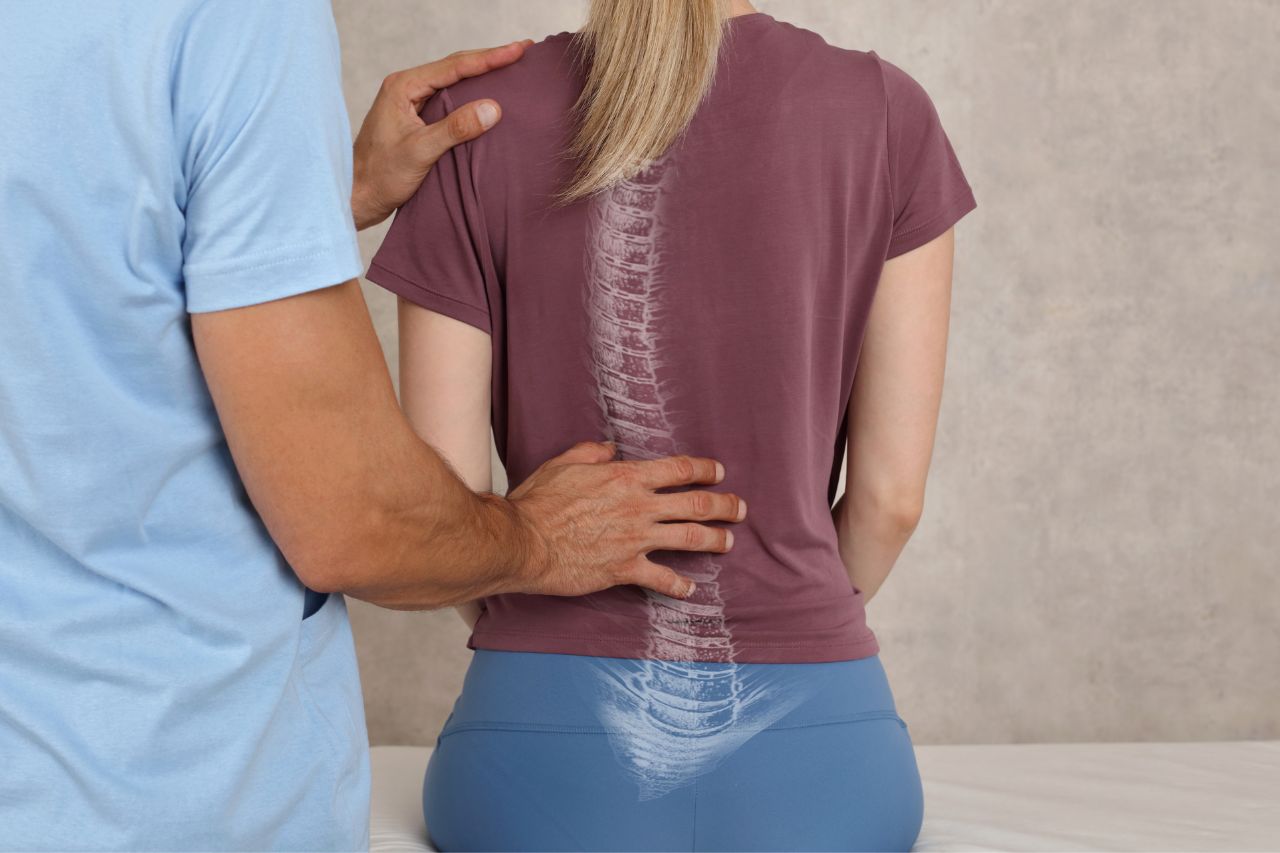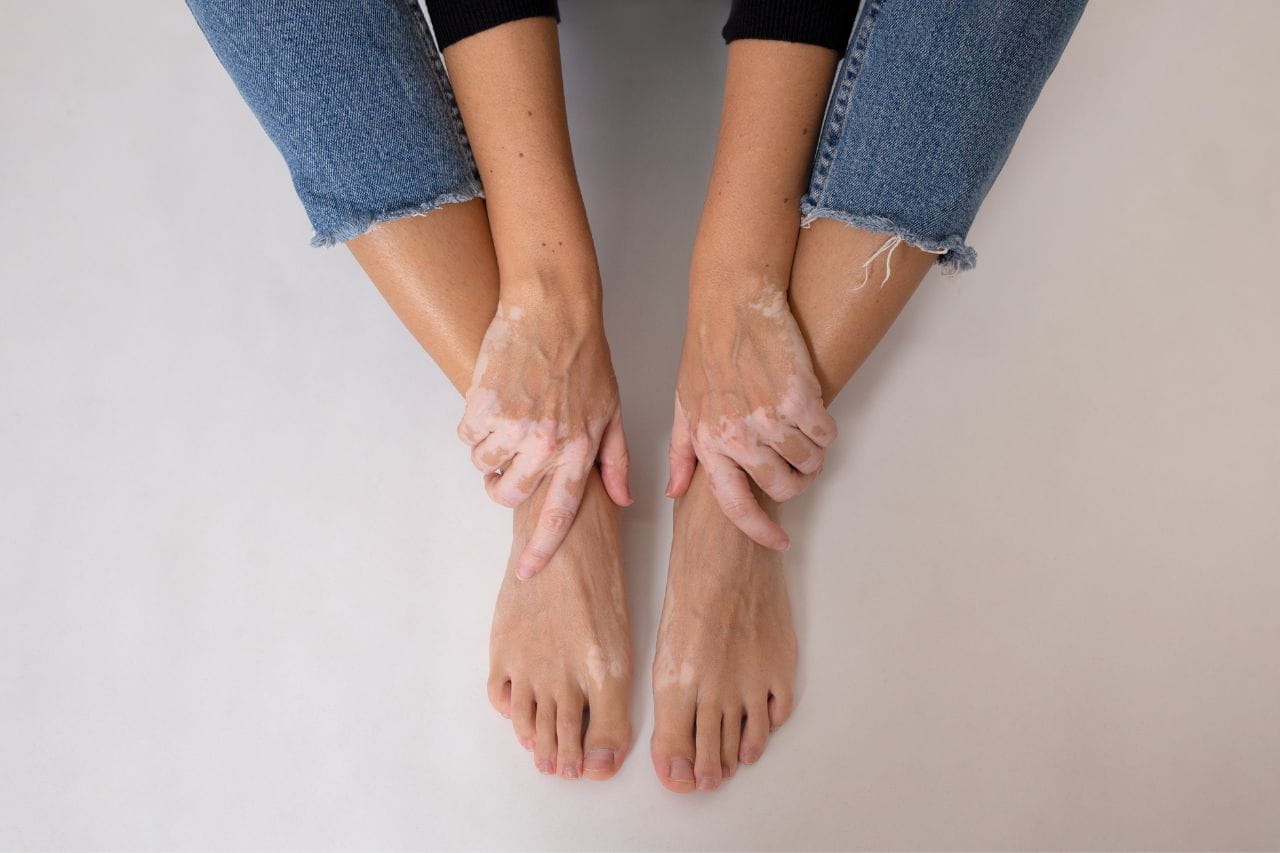Scoliosis Types

Scoliosis is a problem with the spine where it curves sideways at least 10 degrees, as seen on an X-ray. It may also twist. Most people have mild scoliosis, but the shape can worsen over time. Severe scoliosis can be disabling.
What causes scoliosis? People with conditions like muscular dystrophy and cerebral palsy may develop it. However, in most cases, the cause is unknown.
Nonstructural scoliosis (also called functional scoliosis) is a temporary problem that only causes curvature of the spine, not twisting.
Within the structural scoliosis category, there are four types of the condition.
Another rare cause of scoliosis is spinal tumors or lesions. This type typically happens in younger children and causes numbness, pain, and a left curve in the thoracic spine.
What causes scoliosis? People with conditions like muscular dystrophy and cerebral palsy may develop it. However, in most cases, the cause is unknown.
Scoliosis Symptoms
The most common scoliosis symptoms include:
- Shoulders, hips, or waist that are tilted or uneven
- One shoulder blade is more prominent than the other
- One side of the rib cage protrudes
- A raised area on one side of the back when bending forward
- Back pain
People with severe scoliosis may have a reduced area in the chest that keeps the lungs from fully expanding and causes breathing problems.
The 4 Main Types of Scoliosis
There are two primary categories of scoliosis. Structural scoliosis is the most common. It involves both curvature and rotation of the spine and can affect various areas. For example, the term thoracic scoliosis is used when the condition affects the thoracic vertebrae. Structural scoliosis is permanent if not treated.Nonstructural scoliosis (also called functional scoliosis) is a temporary problem that only causes curvature of the spine, not twisting.
Within the structural scoliosis category, there are four types of the condition.
Idiopathic scoliosis
This type of scoliosis is typically first noticeable in adolescence but can occur earlier in childhood. Approximately 80% of cases are idiopathic scoliosis. Genetics and other factors likely play a role in a person developing this form of the condition.Neuromuscular scoliosis
This form of scoliosis is sometimes called myopathic scoliosis. It may develop in people who can’t walk because of a neuromuscular condition like cerebral palsy or muscular dystrophy.Degenerative scoliosis
Degenerative scoliosis typically occurs later in life as the joints in the spine naturally degenerate or break down.Congenital scoliosis
This type of scoliosis is rare. It develops while a baby is in the uterus and is detectable when they are an infant. Problems with the formation of vertebrae and other issues can cause congenital scoliosis. Typically, surgery is required to correct the curvature.Another rare cause of scoliosis is spinal tumors or lesions. This type typically happens in younger children and causes numbness, pain, and a left curve in the thoracic spine.

Scoliosis Curvatures
Scoliosis can create curves in various areas of the spine, including:
- Thoracic scoliosis (between the shoulder blades)
- Lumbar scoliosis (in the lowest part of the spine)
- Thoracolumbar scoliosis (from just below the shoulder blades to the lower spine)
- Combined scoliosis (two curves in different directions—one each in the upper and lower spine)
When to Talk with Your Baptist Health Doctor About Scoliosis
You should contact your doctor if you experience (or see in your child) any of the scoliosis symptoms above.Mild scoliosis that doesn’t progress isn’t a problem, and your doctor may not recommend treatment. There are many types of treatment for more severe scoliosis, including exercise, pain medication, braces, and various forms of surgery. The type of treatment you need is based on your degree of impairment.
Your primary care doctor can diagnose scoliosis with a physical exam and X-rays and may refer you to a Baptist Health neurologist for specialized monitoring and treatment if needed.



